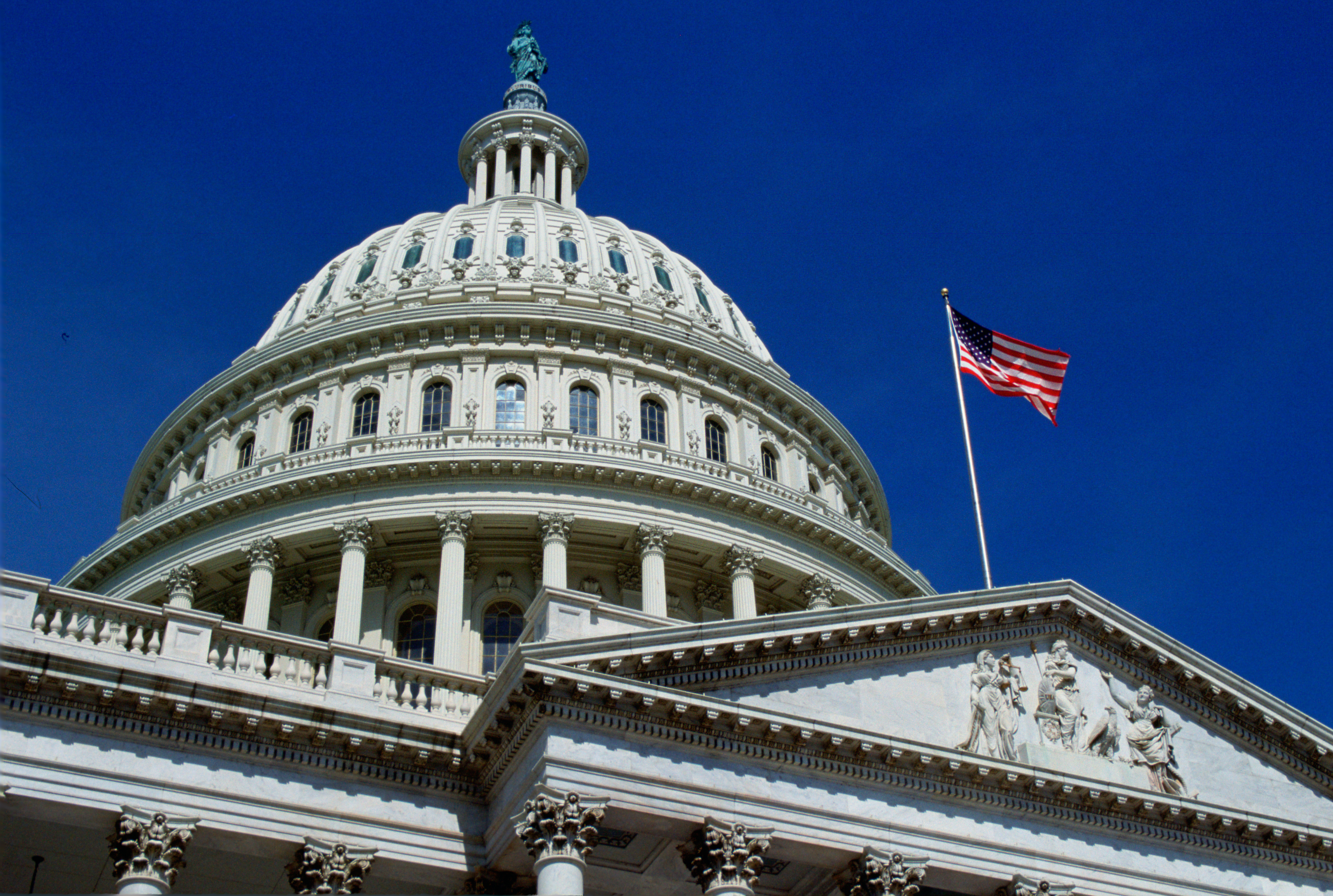Some of Pennsylvania's most powerful elected officials were poised to vote Thursday on the first draft of new district maps for the state House and Senate, a once-in-a-decade process that will reverberate politically for years to come.
A House GOP analysis showed the lower-chamber's preliminary map would pit incumbent Republicans against each other in at least six districts, while a similar intraparty matchup would occur in just one Democratic district.
All four districts that would have incumbent Democrats and Republicans running against each other had substantially more Democratic voters registered, the House GOP said.
If the Legislative Reapportionment Commission approves the preliminary district maps for 203 House seats and 50 Senate seats, a period of public comment and potential legal challenges will follow.
Get Philly local news, weather forecasts, sports and entertainment stories to your inbox. Sign up for NBC Philadelphia newsletters.
The panel consists of the Republican and Democratic floor leaders in both chambers, with the fifth and possibly deciding vote from Mark Nordenberg, the former University of Pittsburgh chancellor chosen as chairman by the Democratic majority state Supreme Court.
House Majority Leader Kerry Benninghoff, R-Centre, called the plan an extreme partisan gerrymander that he would vote against and signaled a possible court challenge.
“I'm afraid that this process and this map has become what our Supreme Court has rejected as offensive to the core principles of our republican form of government," Benninghoff said in remarks prepared for the voting meeting.
An analysis of the map performed for House Republicans concluded it produced 104 to 107 Democratic-leaning districts, which would be eight to 10 seats more than typically emerged from computer simulations. The House majority requires 102 seats.
A Senate map that surfaced ahead of the meeting would drastically alter what Democrats saw as the most extreme gerrymanders created by Republicans in the existing map that helped defeat Democratic incumbents in Johnstown and Harrisburg.
The proposed Senate map would remove heavily Republican areas, taking Bedford County out of the Johnstown-based district and Perry County out of the Harrisburg-based district. Both seats are currently held by Republican senators.
Meanwhile, the map would put growing Monroe County into its own district, instead of being split up in what Democrats saw as a Republican attempt to carve out a district favorable to a Republican candidate.
For the past several decades, the post-census realignment has been controlled by Republicans, and they have generally maintained majority control in both chambers. The GOP currently holds the House, 113-90, as well as the Senate, 29-21.
Pennsylvania is arguably the most politically divided state in the nation, with the two major parties often splitting statewide votes. The 2020 presidential contest was razor close, with Joe Biden defeating Donald Trump in the state by some 80,000 votes.
The existing Republican-drawn map has been in force since 2014’s elections. During that time, Republicans have held majorities in both chambers — including some of the biggest majorities in a half-century — while Democrats won more statewide races, 19 to 11. Democrats have long held a statewide registration edge over Republicans.
There are about two months left before candidates are scheduled to begin circulating nominating petitions to get on the primary ballot. The Department of State has said counties need the maps by Jan. 24 in order to produce petition materials for use starting Feb. 15.
Congressional redistricting is done separately, by regular legislation that must pass both chambers and get the governor’s signature. Comparatively slow population growth has cost Pennsylvania a congressional seat, so the delegation — currently nine Democrats and nine Republicans — is dropping from 18 to 17.
The primary election is currently scheduled for May 17, and it’s possible it could be delayed.



